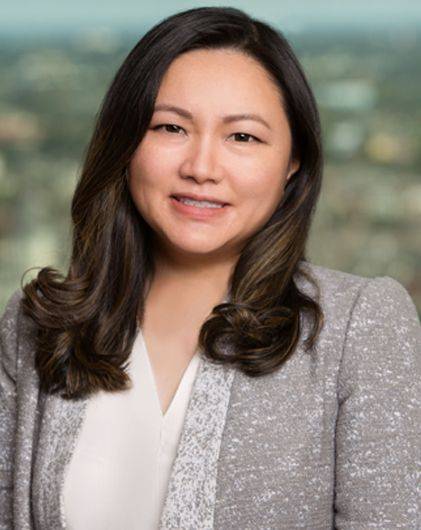Heads Up: DOL Responds with New FFCRA Rules After Court Ruling
Just as employers grapple with the aftermath of a federal court ruling striking down parts of the Families First Coronavirus Response Act (FFCRA), the Department of Labor (DOL) issued new rules that were approved Sept. 12 and go into effect immediately. The DOL’s swift response to the federal court ruling answers some important questions for employers.
The DOL revised the following rules that were stricken by the court ruling:
- Revised Definition of Health Care Providers: The DOL revised and clarified the definition of “health care providers,” which the FFCRA excludes as employees eligible for leave. The DOL explained that the health care provider exclusion was meant to prevent disruptions to the health care system’s capacity to respond to the COVID-19 public health emergency that may result from health care providers and emergency responders missing work. The new rules state that the definition includes health care providers as defined by the Family and Medical Leave Act (FMLA), as well as other employees who provide diagnostic, preventive, treatment or other services that are integrated with and necessary to the provision of patient care. The definition includes physicians, nurses, nurse assistants, medical technicians and lab technicians. The revised rules also provide examples of employees who are not health care providers (and thus may be eligible for leave). These include IT professionals, building maintenance staff, human resource personnel, cooks, food service workers, records managers, consultants and billers. The DOL explained that while these employees may perform duties related to patient care, their work is too attenuated to be integrated and necessary components of patient care.
- Notice and Documentation Requirements: The DOL revised the rules concerning what documentation and notice an employee must give the employer to take leave. The DOL clarified that the documentation required does not need to be provided before taking paid leave. Instead, it should be given as soon as feasible by employees. The notice should include:
- The employee’s name
- Dates for leave
- Qualifying reason for leave
- Oral or written statement that employee is unable to work
The DOL reaffirmed and further explained the rules below:
- Denial of Leave When There is No Available Work: The original DOL regulations do not require an employer to provide paid leave if there is no available work for employees. In response to the court ruling striking down this portion of the regulations, the DOL doubled down on its position. The DOL explained that removing the work availability requirement would not serve one of the FFCRA’s purposes: discouraging employees who may be infected with COVID-19 from going to work. If there is no work to be performed, there would be no need to discourage infected employees from coming to work through paid leave. The DOL also pointed out the “perverse” and “illogical” results of removing this work availability requirement by the following illustration. If an employer closes its business and furloughs its workers, no employee would receive a paycheck because there is no paid work to perform. But the person taking FFCRA leave would continue to get paid. Finally, to address concerns of potential abuse by employers, the DOL explained that the employer must still have legitimate, non-discriminatory and non-retaliatory business reasons why it does not have work for an employee to perform. For instance, an employer who temporarily or permanently ceased operations at the worksite would satisfy that requirement.
- Employer Approval Before Taking Intermittent Leave: The DOL also reaffirmed its prior regulations that an eligible employee can take leave intermittently but only with employer consent. Under these rules, an employee is permitted to take FFCRA leave on an intermittent basis to care for their child whose school, place of care or child care provider is closed or unavailable due to COVID-19 and only with the employer’s consent. The DOL pointed out that the regulations are consistent with long-standing FMLA principles that intermittent leave should avoid unduly disrupting the employer’s operations. The DOL also explained the difference between intermittent leave and consecutive requests for leave. For instance, the employer-approval condition does not apply to employees who take FFCRA leave in full-day increments to care for their children whose schools are operating on an alternate day (or hybrid attendance) basis, because such leave would not be intermittent. The school is physically closed for certain students, and each day of school closure constitutes a separate reason for FFCRA leave that ends when the school opens again for the particular student. However, the DOL explained that if the school is closed for some period, and the employee wishes to take leave only for certain portions of that period for reasons other than the school’s in-person instruction schedule, this would constitute a request for intermittent leave.
While the DOL addressed some of the questions and uncertainty posed by the court ruling, the new regulations are still susceptible to legal challenge. Please contact Rebecca Sha or any other member of Phelps’ Labor and Employment team if you have questions or need compliance advice and guidance. For more information related to COVID-19, please also see Phelps’ COVID-19: Client Resource Portal.


